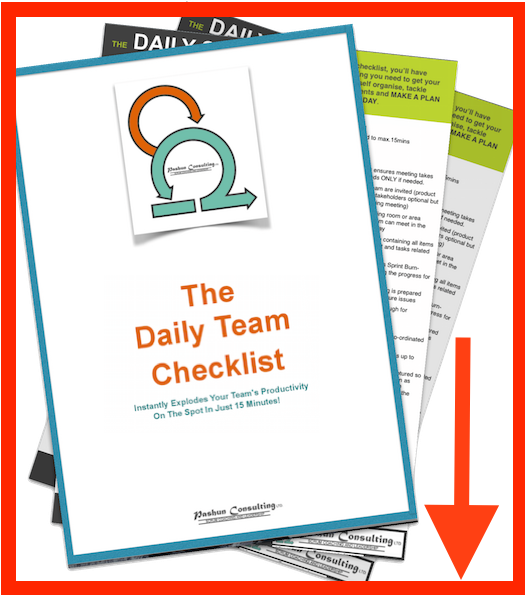Introduction
Welcome to the first part of this multi-part series on “Scrum and The Agile Planning Onion”.
In the world of scrum, we often focus on the planning methods that we use within our teams. These are obviously extremely important, however I have always noticed that the best teams often have a concept of the “big picture”. The grand plan that their project or product fits within.
This helps the team to understand not only their purpose, but also the reason behind the features that are being requested and the decisions that are being made about the product. This knowledge can often quell arguments and disruptions to the project, since interested team members are often frustrated by decisions that apparently “don’t make sense”.
Introducing – The Agile Planning Onion
So what is “The Agile Planning Onion.” Simply put, it is a simple diagram and method to explain the common six levels of planning that take place in an organisation (the last three levels are more likely in an agile organisation).
For this first episode, I will run through the definitions of each stage and in later episodes I will go into more depth. The six levels of planning are:
- Strategic Planning – here an organisation will usually lay out how they intend to meet their overall vision. They will look into the future and plan how they will meet their vision objectives and goals ( typically over a 3 to 5 year period and sometimes beyond that).
- Portfolio Planning – a portfolio is a collection of products, which can be both un-related and related to each other. At this level, a division of the company is planning how to meet the overall vision by building a set of products that align with the strategy. (typically looking 1 – 2 years ahead)
- Product Planning – here the product owner will be thinking about a number of releases of a particular product. These will layer on top of each other to build the product as well as align with the portfolio plan. In the world of scrum each of these products will usually be consistently worked on by one or more teams. The product owner is usually planning this in the background. (typically 6 – 12 months ahead)
(NOTE: Want to learn how to explode your team’s productivity, get them solving their own issues and get them planned for the day? Check out the Daily Scrum Checklist so you can learn the steps you REALLY need to co-ordinate and communicate with your team every day! Get your Daily Scrum Checklist now.)

- Release Planning – this is where the scrum team start to work closely together. A product will have either an agreed scope (number of features for scope driven projects) or an agreed release date (for date driven projects) . The purpose of the release plan is to agree the scope and/or date feasible for a release. Only date or scope can be fixed. This serves as a plan for the upcoming release of the product and aligns with the product plan (typically 1 – 6 months ahead).
- Iteration Planning – here the team will agree on the upcoming subset of work to be delivered from the release plan. Therefore the iteration plan aligns with the release plan. In scrum, this is obviously called sprint planning (done every 1 – 4 weeks).
- Daily Planning – here the team will plan what they aim to do on a given day. This will align with the iteration plan and helps the team to ensure that they are moving closer towards their goals as well as staying on plan or adapting the plan when necessary (done daily – surprise, surprise 🙂
Summary
- The Agile Planning Onion is a great way to show a team how their work ties into the bigger picture from and why certain decisions are made.
- The key word is “align”. See how each layer of the onion aligns with the one below.
- Alignment is the secret to a well planned organisation and the key to delivering a company vision and getting much praise from the organisation leaders.
I will cover the levels in depth in future episodes.
PLEASE click the LIKE (if you like it) and SHARE button above and below this post.
(NOTE: Want to learn how to explode your team’s productivity, get them solving their own issues and get them planned for the day? Check out the Daily Scrum Checklist so you can learn the steps you REALLY need to co-ordinate and communicate with your team every day! Get your Daily Scrum Checklist now.)





One Response
Very good